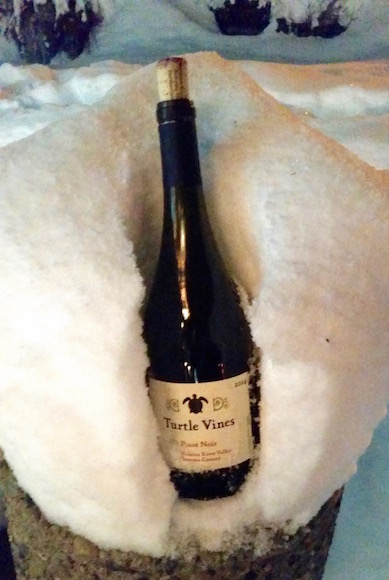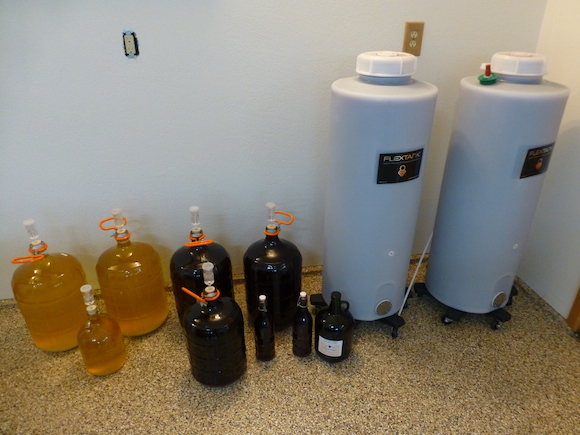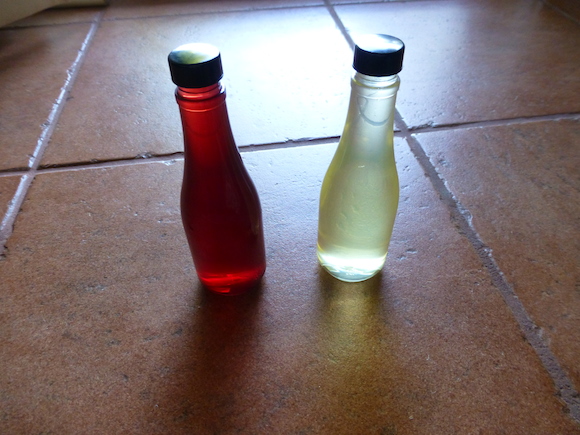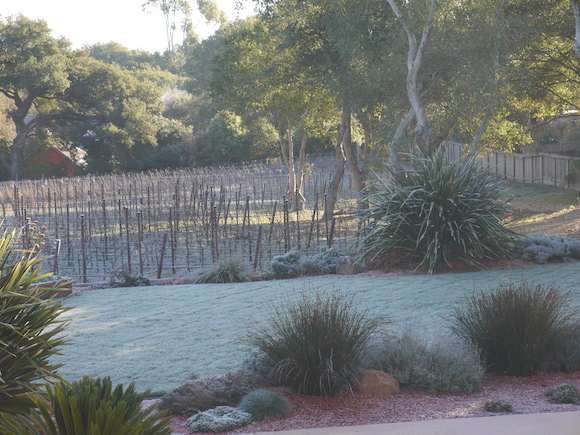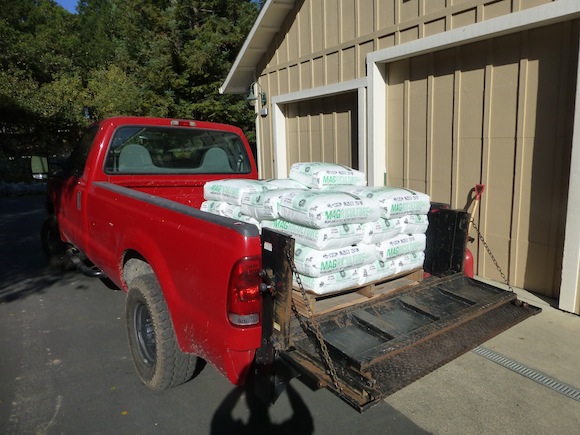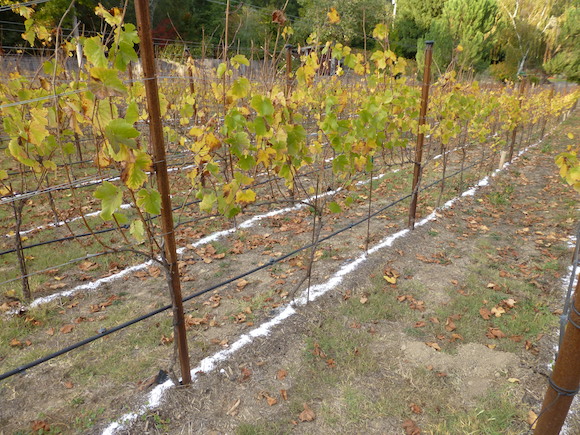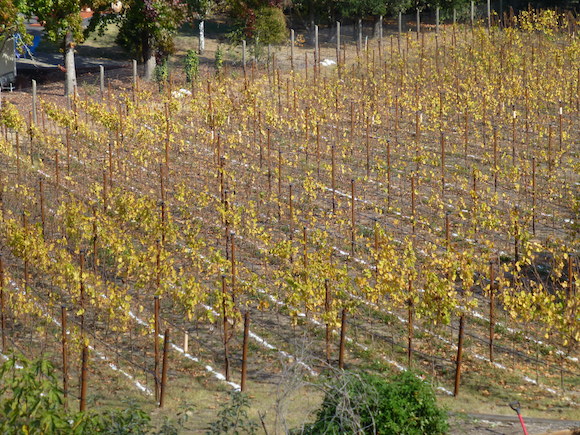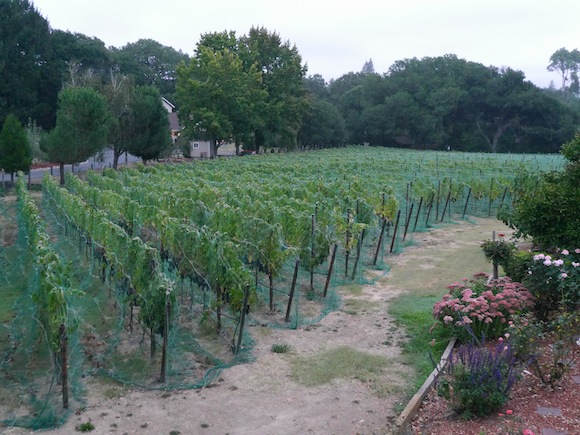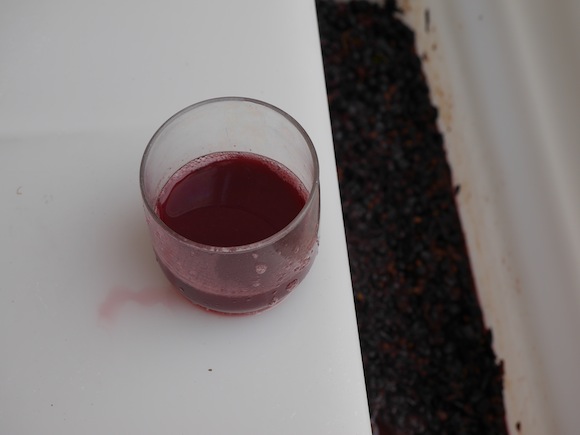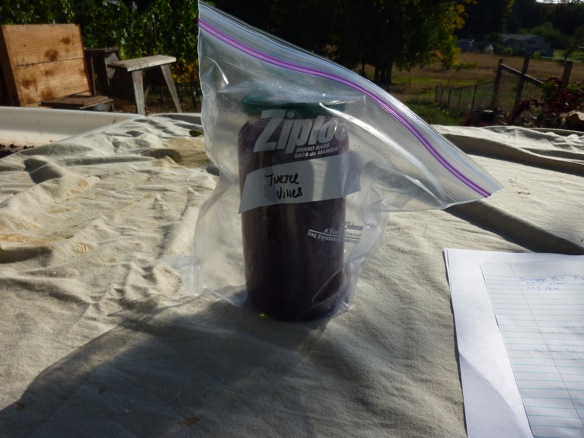Happy New Year…And a special shout out to Anna and Brian for this wonderful picture of our 2014 Turtle Vines Pinot Noir at Lake Tahoe!!!
Wow, if you read my “2015 Recap” you realize 2015 was a fantastic year. How to improve upon that? Here are my goals for 2016
Grow great grapes that turn into great wine!!!
Vineyard
- Keep Hanzell Vineyards as a grape purchaser
- Drip Epson Salt through the irrigation system between set and harvest to lower the potassium level in the grapes that will lower the pH of the wine
- Institue an improved spray program for powdery mildew
- Replant 85 weak or missing vines
- Graft over 80 Merlot/Chardonnay/Original no-clone vines
- Prune trees that shade the vineyard
- Outsource more of the vineyard work
Winery
- Add another restaurant that sells Turtle Vines to go with Millennium and Muir’s Tea Room
- Reviews for the 2013 (Pinot Report), 2014 (Prince of Pinot)
- Make a small batch of Pinot that can age based on 2015 information
